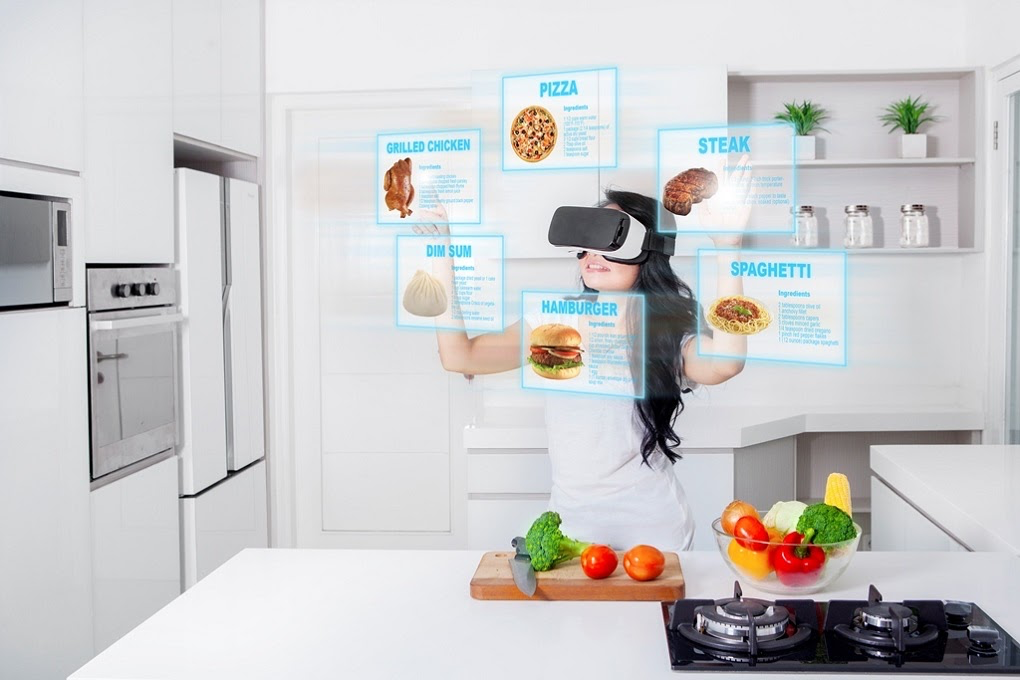
Creating Effective, High-Quality AR Content: Tools, Tips, and Workflows
Augmented Reality (AR) and Virtual Reality (VR) are transforming how we create, share, and consume digital content. VR transports users into entirely new worlds, while AR blends virtual elements with the real world, adding layers of interactive information on top of what you see. Mixed Reality (MR) goes a step further, allowing digital and physical elements to interact seamlessly—all accessible from devices as familiar as your smartphone or as advanced as high-end headsets.
How VR Works
While AR overlays digital content onto real-world views, VR creates an environment from scratch. Here’s the general workflow:
- Capture the environment – Cameras, motion sensors, and GPS collect data about the surroundings to ensure accurate spatial mapping. For example, before starting a VR game, a headset may scan your play area to avoid collisions.
- Processing and preparation – The device’s processor (or a connected computer) processes this input and may send it to cloud servers for rendering or computation.
- Content creation – VR software builds the desired environment—whether it’s a photorealistic office for training or a fantasy game world.
- Distribution – The environment is sent from the cloud back to the device, ready to render in real time.
- Display and interaction – The VR headset or display immerses the user in the environment, often paired with controllers or hand tracking for interaction.
Why VR Content Matters
VR enables experiences that would be difficult, expensive, or even impossible in real life:
- Risk-free training – Train firefighters in realistic emergency simulations without danger.
- Travel without travel – Visit the moon, the ocean floor, or ancient civilizations from your living room.
- Architectural visualization – Walk through a yet-to-be-built property, exploring every room before construction starts.
- Immersive storytelling – Engage audiences with 360° interactive narratives where they control the perspective.
These capabilities make VR a powerful tool for education, healthcare, retail, entertainment, and beyond.

Choosing the Right Software
The quality and efficiency of your AR/VR project often depend on the tools you choose. Here’s what’s popular and why:
- Unity 3D – Perfect for interactive VR/AR experiences. Its real-time rendering and asset store speed up development, while headset previews allow for rapid testing.
- Unreal Engine (UE4) – Known for cinematic visuals and photorealistic environments, making it ideal for high-end productions.
- Blender – Free and open-source, great for creating 3D models, animations, and textures for import into VR engines.
- SketchUp – A fast way to produce architectural models or prototypes, especially for beginners.
- Three.js + WebGL – Ideal for web-based VR experiences, letting you embed immersive 3D content directly into websites.
Pro Tip: Many successful AR/VR teams use a mix—model in Blender, assemble in Unity or Unreal, then deploy to multiple devices.
Hardware That Brings VR to Life
A great experience also depends on capable hardware:
- Headsets – Oculus Quest, HTC Vive, and Windows Mixed Reality headsets allow hands-free, fully immersive experiences. Choose based on your budget, intended audience, and portability needs.
- VR-ready computers – Systems like the HP Omen X or Alienware Aurora provide the GPU power required for smooth VR rendering.
How to choose: For lightweight, mobile-first experiences, standalone headsets like the Meta Quest are ideal. For graphically intense simulations, pair a high-end PC with a tethered headset.
Practical Uses for AR/VR
Here are some scenarios to inspire your own projects:
- Retail product configurators – Let customers visualize furniture in their home, change colors, and see instant 3D previews.
- AR onboarding for equipment – Overlay interactive instructions onto physical machines for real-time training.
- Simulation-based learning – Train medical students in surgeries or pilots in rare flight conditions without real-world risk.
- Data storytelling – Present complex analytics as 3D visualizations users can explore spatially.
Getting started tip: Begin with a single, high-impact use case that solves a real problem for your audience. Build from there.
Future Trends to Watch
The AR/VR space is evolving fast:
- Generative AI – Quickly create scenes, textures, and objects based on text prompts.
- Standardized pipelines – Formats like USD and glTF improve collaboration between tools and reduce rework.
- Lighter, more portable devices – Expanding AR/VR use beyond gaming into daily business and education.
- AI copilots for creators – Suggesting optimizations, catching performance issues, and even automating repetitive tasks.
If you start building now, you’ll be ready to take advantage of these advancements as they arrive.
Planning an AR content pipeline?
On a recent AR training project, the client’s asset library spanned multiple tools and formats. We standardized ingestion, defined LODs, and automated texture baking—cutting content turnaround from weeks to days. If your team needs a pragmatic plan, we’ll help pick the stack, scope an MVP, and stand up a pipeline your team can run.